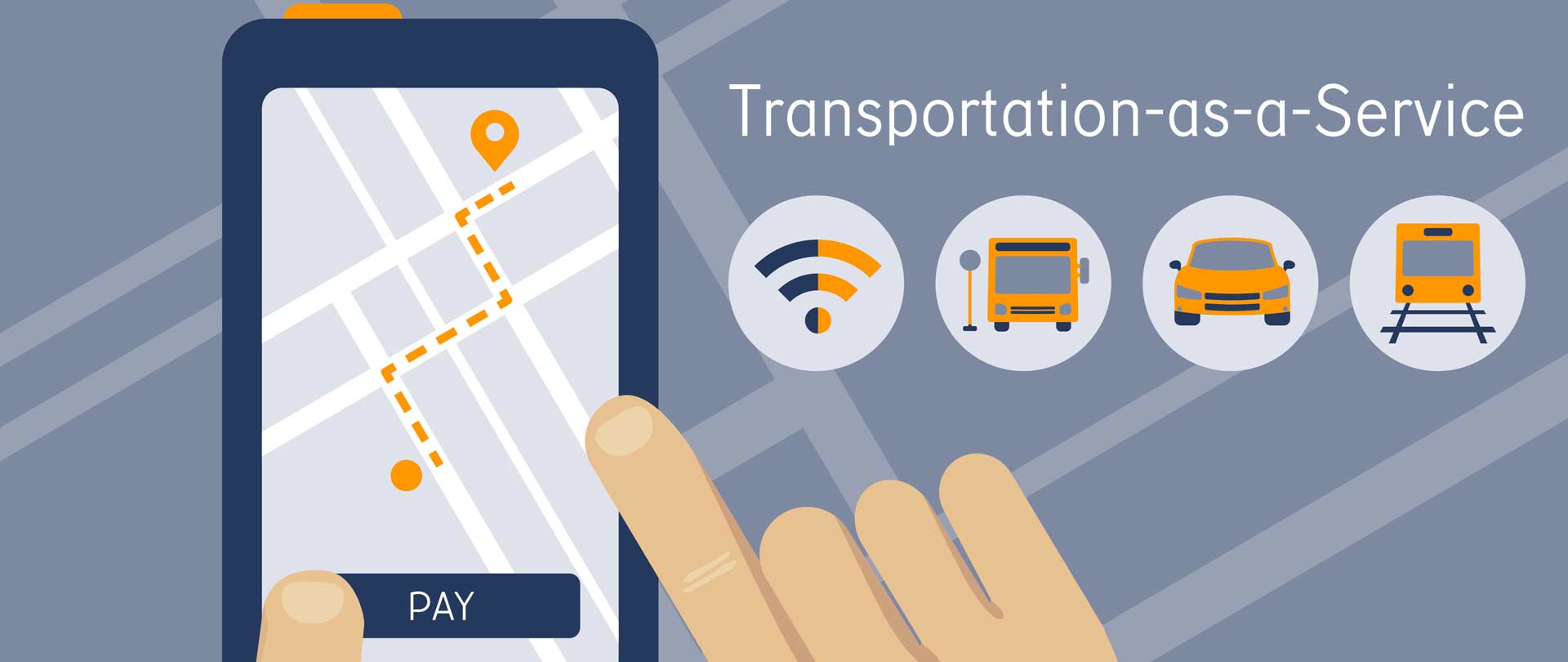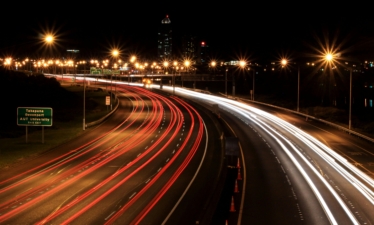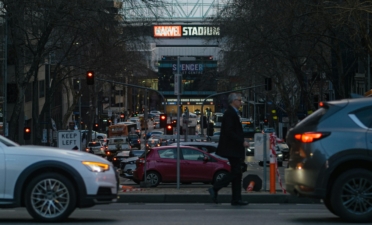Today, I would like to discuss, how Mobility as a Service (MaaS) is changing our transport landscape
The service economy is on the move. Where once the ability to have access to a song or movie at any time meant physically ‘owning’ it, now the thought of possessing a CD or DVD has completely changed. Streaming services such as Spotify and Netflix have transformed the way people consume and pay for media, with customers preferring to pay for a subscription with complete access to all their chosen media.
Subscription models are a win-win. Subscribers have the flexibility of being able to access anything they want rather than being constrained to the asset they purchase, and service providers get the certainty of constant revenue.
Like multi-media, we are now seeing the subscription-based transport model play out with Mobility as a Service (MaaS). For instance, in Finland, subscription-based services have already taken off, with providers such as Whim allowing customers to have unlimited access to bike-sharing, metro train services, capped-price taxis and discount car sharing. Like Netflix, the service has been popular because of its ease of use and cost-effectiveness.
In Australia, MaaS is starting to be explored. For example, The Royal Automobile Club of Victoria (RACV) has developed a smartphone app called Arevo. Arevo utilises a wide range of transport options, integrating Melbourne’s trains, trams and bus systems, bike share and car share options, as well as Uber and off-street parking.
Arevo has the potential to create broader social, environmental and economic value for the Victorian community. It is this change that is driving demand for greater coordination of services as the only way to make MaaS work is for it to be simple and represent value to the user. For example, Spotify works as a business model because its app is simple, powered by quality, high-speed backbone infrastructure, and offers users value for money.
Adopters of MaaS will avoid many of the costs that come with car ownership and maintenance – not just fuel and parking, but the sunk cost of the outright purchase, registration, servicing, tyres and insurance. The reason private car use is so accepted is because, for many people, few alternatives are as convenient. Having MaaS-powered options, using a combination of private and public ownership may be the solution.
As well as mitigating the costs of car ownership, MaaS also gives users the flexibility to travel how they like. This is particularly important as it deals with both household economics as well as a city’s economics. Intelematics traffic and congestion data has found that there is a link between how often someone travels and how far they are travelling. Therefore, if we make it easier for people to move through subscription-based services that don’t tie users into one mode of transport, we can increase economic prosperity.
MaaS can reduce the undesirable scenario that autonomous vehicles could create – that of empty vehicles clogging up already congested streets – by creating frameworks that match the right transport mode to the situation at hand.
As we move closer to this (not-so) futuristic scenario, there is great potential for the further integration of telematics technology into everyday life and specifically into everyday personal transportation. Naturally, we must start building technological standards as well as the infrastructure to make the best use of this burgeoning technology. In the same way that broadband internet made subscription-based media service viable, so too do our modern networks need to have the standards and resilience for MaaS solutions.
By staying ahead of the game, we can progress our cities, enabling greater liveability and continued economic growth.





